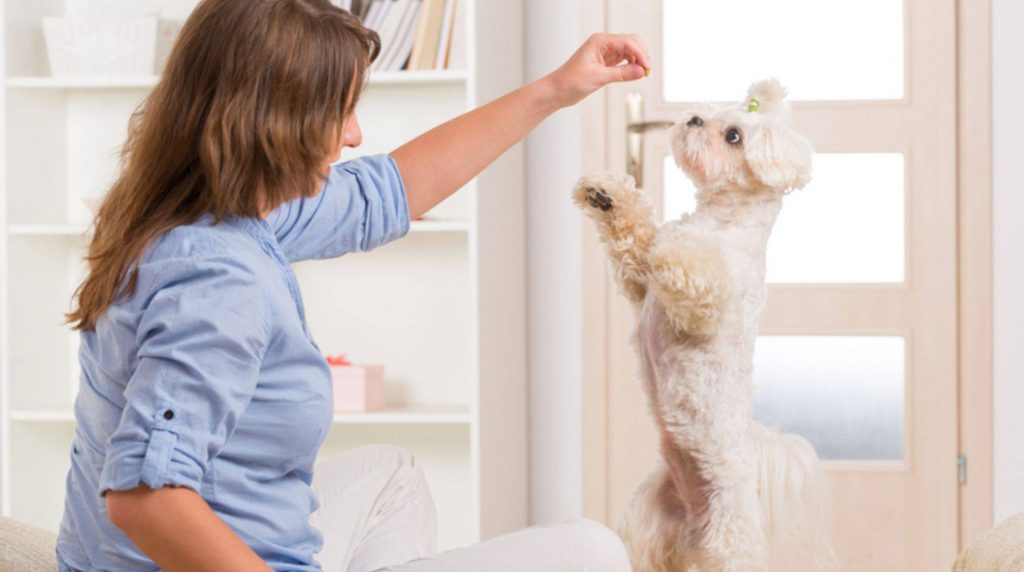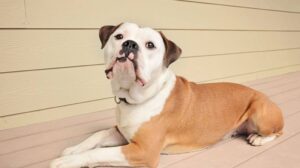
How Your Dog Learns to Perform the Mannequin Trick
Male-making is one of the sweetest tricks you can teach a dog. But how can you train him or her to stand on its hind legs on command?
If you want to teach your dog to stand on his hind legs, start by providing enough treats. In order to convince the animal to make that first move forward, something has to entice it – now with perseverance behind you, training can begin in earnest with your four-legged friend.
Teaching males how to perform the trick: Here’s how it works.
To teach an animal the manikin, start by sitting them before you and using a treat as bait to guide it upwards and slightly backward over his nose, this should encourage him to stand on its hind legs.
However, during this exercise it’s important to hold the treat too far behind his nose or else he might lose balance and fall over, something which shouldn’t happen. Furthermore, don’t hold it too high or else he might start jumping – in the video, you can see how training works:
Practice makes perfect Don’t expect the manikin to work instantly. Your pet may need time before he manages to keep his balance. How long this will take may depend on their individual temperament and size. Once your pup has learned this trick, add verbal commands or an audible command and add treats during training sessions in moderation; just be careful that these don’t overwhelm your dog or become overwhelming! In terms of treats themselves, opt for healthy options rather than fattening ones like fattening ones!
As part of your solution, it would be helpful if you didn’t teach the trick to anyone.
As a general rule, most dogs can easily learn this trick; however, those with health conditions such as joint issues should avoid teaching this scheme to their animal due to further aggravating health problems such as joint dislocations. Also massive weight or overweight issues could bring health concerns when learning the trick – in this instance it may be wiser to focus on other exercises instead.

